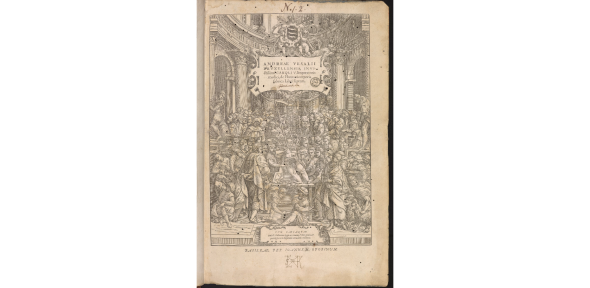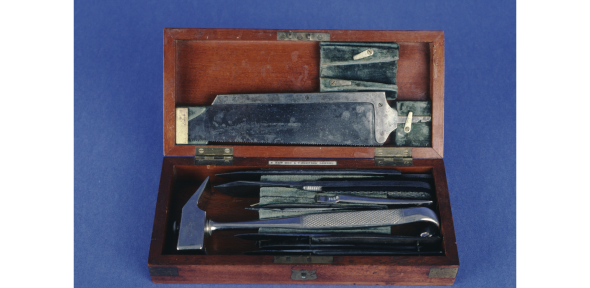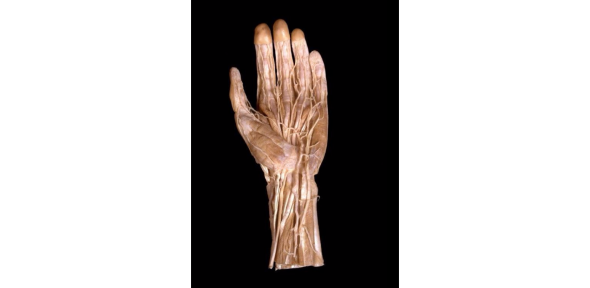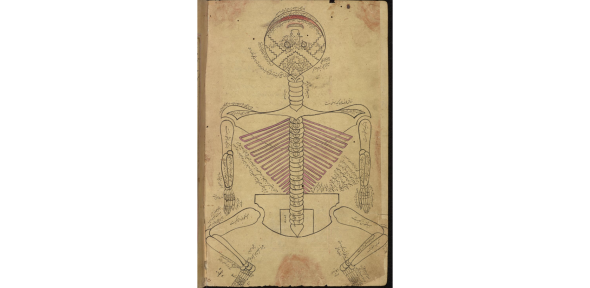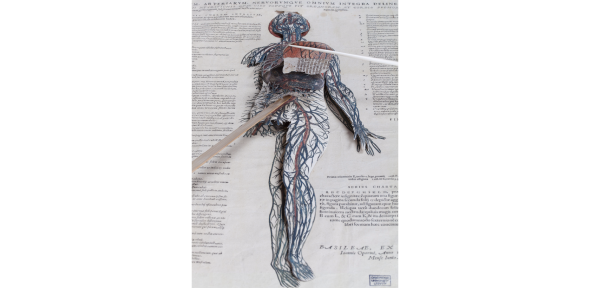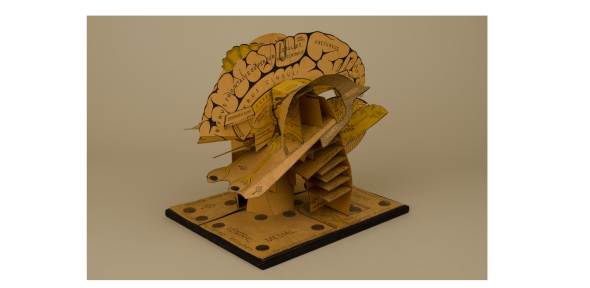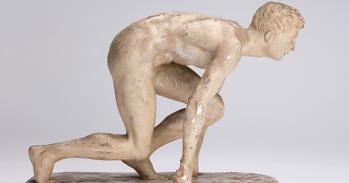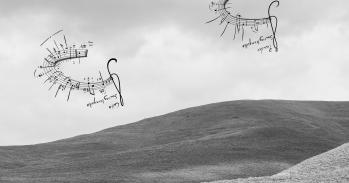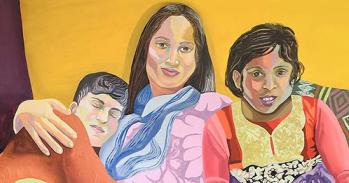A hand-coloured copy of Vesalius’ 1543 Epitome – one of the most influential works in western medicine – and the first written record of a dissection carried out in England are among the objects in our latest film celebrating Lines of Thought at Cambridge University Library.
A hand-coloured copy of Vesalius’ 1543 Epitome – one of the most influential works in western medicine – and the first written record of a dissection carried out in England are among the objects in our latest film celebrating Lines of Thought at Cambridge University Library.
The study and practice of anatomy – seeing and doing – remains an important strand in University teaching and research today.
Anna Jones
Since March, some of the world’s most valuable books and manuscripts have been on display as Cambridge University Library celebrates its 600th birthday with a once-in-a-lifetime free exhibition of its greatest treasures.
The objects in Lines of Thought: Discoveries that Changed the World, which will close to the public on September 30, communicate 4,000 years of human thought through the Library’s unique and irreplaceable collections. More than 70 per cent of the exhibits are displayed to the public for the first time.
The exhibition investigates through six distinct themes how Cambridge University Library’s eight million books and manuscripts have transformed our understanding of life here on earth and our place among the stars.
In Understanding Anatomy, curator Anna Jones reflects on some of the different ways in which the anatomy of the body has been represented over time and for different purposes, both on the page and in 3D.
“For many people the stand-out object of Lines of Thought is Vesalius’ Epitome, published in Switzerland in 1543,” said Jones. “Vesalius specially commissioned for the work to promote his thesis that the practice of dissection was essential to the study of anatomy.
“The University Library’s copy of the Epitome is very special because it’s hand-coloured, probably for presentation to an important patron, and the colouring really brings out the detail in the different layers of the manikin.”
Dissection had been practised during ancient times by the great Roman physician Galen, but had fallen out of use as a teaching method in the west during the middle ages until it was revived during the European renaissance. Early 16th century English students commonly travelled to the great centres of medical education in Italy or France to benefit from the influence of Vesalius and others, and eventually the techniques they learnt there were adopted at home.
“In Lines of Thought we also have the earliest-known written record of a dissection in England,” added Jones. “The book belonged to Thomas Lorkyn, who was Regius Professor of Physic in Cambridge. On 28 March, 1565, Lorkyn hosted one at Magdalene College, using the body of former criminal Richard or Ralph Tiple, recently hanged at Cambridge Castle just across the road.
“The dissection was carried out by a professional surgeon from London, while Lorkyn, the ‘instructor’, read out from a book – quite possibly the one on display here – and the students gathered round to watch and learn.”
Lorkyn left his books to the UL in his will at his death in 1591, the same year that exquisite models of a skeleton and musculature, also on display, were presented to the Library by the leading London barber surgeon John Banister. Such objects highlight that from relatively early on the University Library was a place to find current material for teaching and learning, as well as a repository for safe-keeping.
Learning from the body itself may be the ideal, but the limited supply of cadavers and challenges to preservation are some of the reasons people have looked to models to provide good substitutes for learning anatomy. Paper works well as a relatively cheap medium that you can fold, layer, and cut out, and the exhibits in the exhibition give a flavour of the variety across the University collections as a whole.
“The study and practice of anatomy – seeing and doing – remains an important strand in University teaching and research today,” added Jones. “Lines of Thought reminds us of some of the significant points in the development of our understanding of our bodies and how they function, and crucially how the books and objects on display have played a part in shaping the present.”

The text in this work is licensed under a Creative Commons Attribution 4.0 International License. For image use please see separate credits above.

